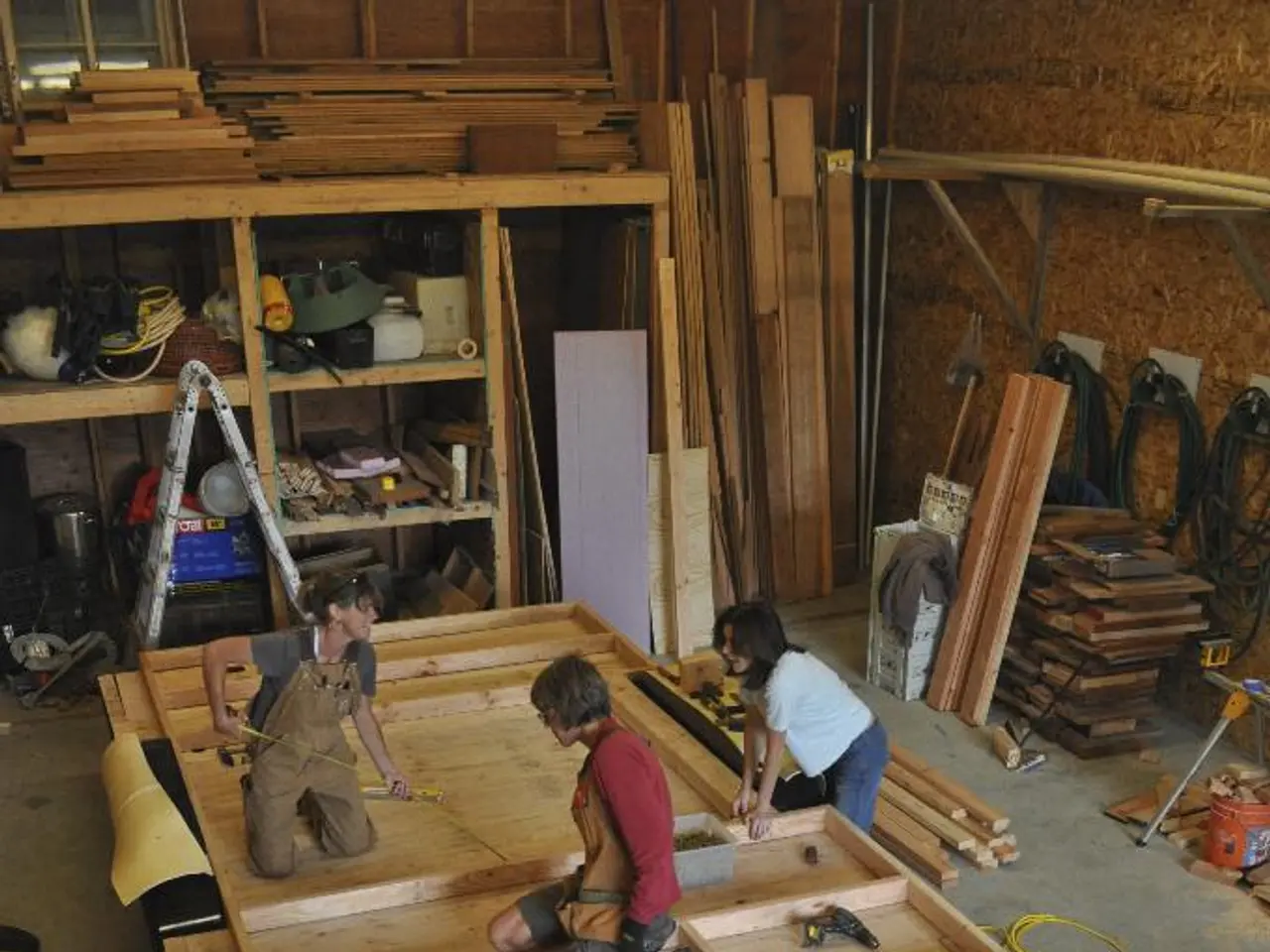Historic Space Docking Mission Successfully Carried Out by India for the First Time
India made history last Monday as the Indian Space Research Organisation (ISRO) successfully executed the Space Docking Experiment (SpaDeX), becoming the fourth nation to achieve space docking, following China, Russia, and the United States.
The SpaDeX mission involved two modified IMS-1 class satellites, each weighing about 220 kg, named SDX01 (Chaser) and SDX02 (Target). Launched together on December 30, 2024, aboard a dedicated PSLV from the Satish Dhawan Space Centre, the satellites were deployed into slightly different orbits with an initial separation of around 20 km. After precise orbital maneuvers, the Chaser satellite successfully docked with the Target satellite in Earth orbit.
The successful rendezvous and docking demonstrated India's ability to perform complex orbital rendezvous and docking, a critical technology for future crewed missions and space station operations. The mission also validated indigenous docking and rendezvous technologies essential for advanced space exploration.
The separated spacecraft from the SpaDeX mission will be repurposed for various applications, including radiation dose measurement in space, monitoring natural resources, and studying vegetation on Earth.
The Space Docking Experiment (SpaDeX) was India's inaugural space docking mission and marked a significant milestone in the country's space exploration achievements. The mission was carried out using an Indian-made PSLV rocket launched from the Satish Dhawan Space Centre.
The SpaDeX mission comes amidst a year of notable space events globally. One of the notable missions of the year was Polaris Dawn, a commercial space journey that took place aboard SpaceX's Falcon 9 rocket, during which four individuals spent five days in orbit from September 10 to 15, 2024. Another significant event was NASA's Europa Clipper probe launch in mid-October to study Jupiter's moon Europa.
The successful SpaDeX mission positions India among the elite nations with such expertise and marks a significant step forward in India's human spaceflight program, contributing essential technology for the Gaganyaan crewed space mission and future space habitats.
science advances with every successful space mission, such as India's Space Docking Experiment (SpaDeX), which showcases the country's growing technology capabilities in space-and-astronomy, paving the way for more complex space projects like crewed missions and space stations.
The SpaDeX mission's repurposed spacecraft will facilitate multiple scientific research applications, underscoring the fusion of technology and science for the betterment of our understanding of space and Earth.




